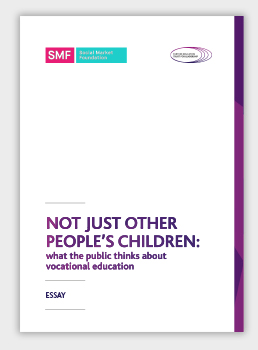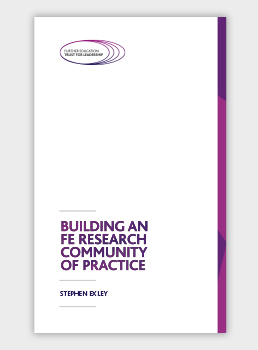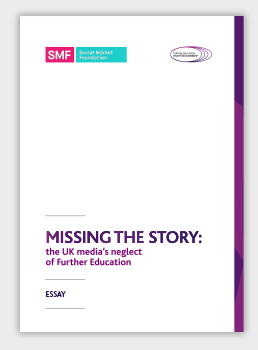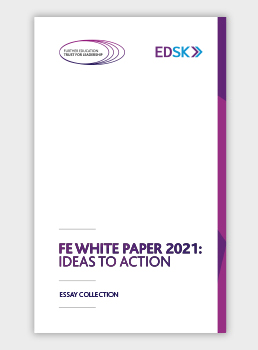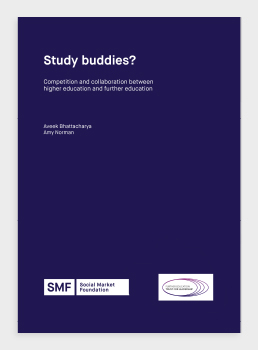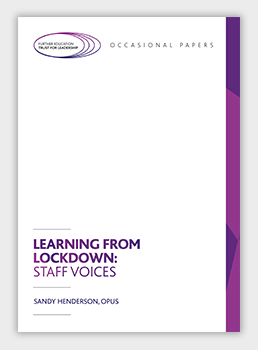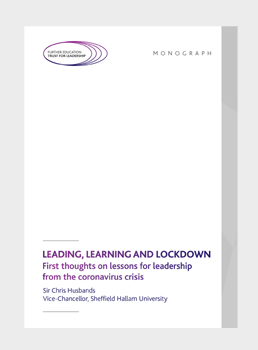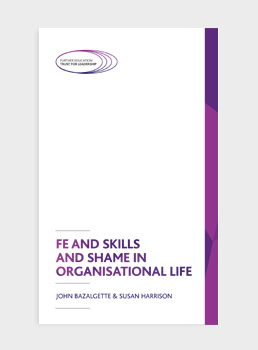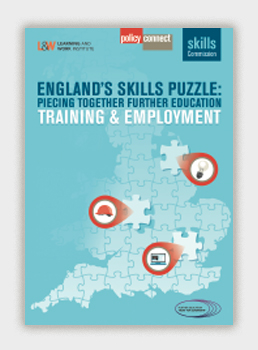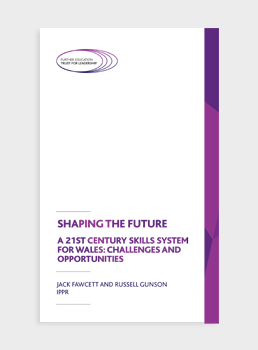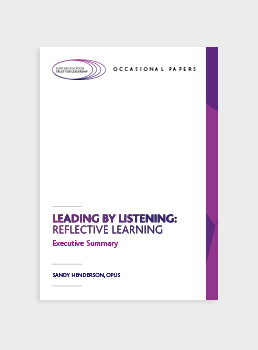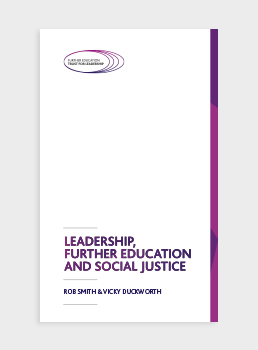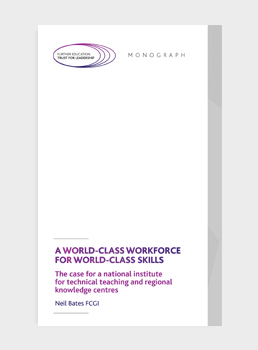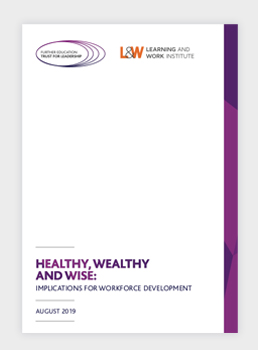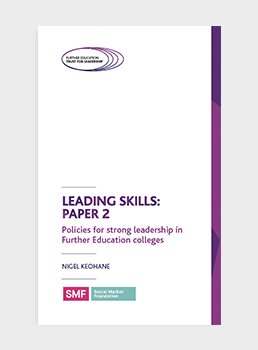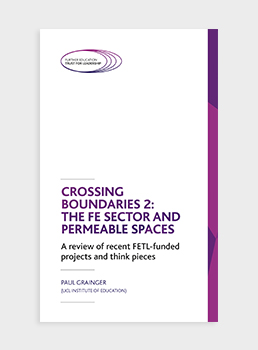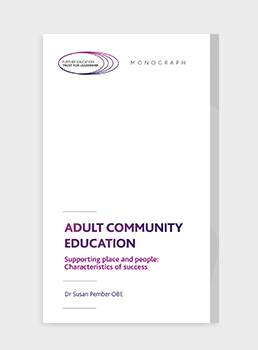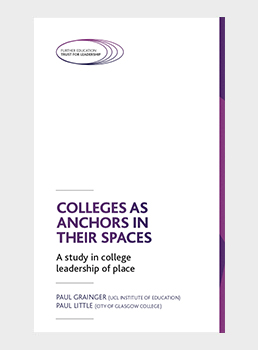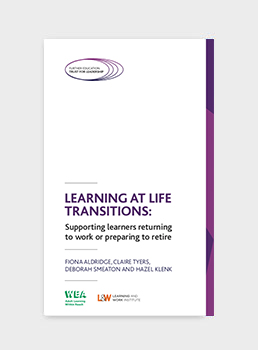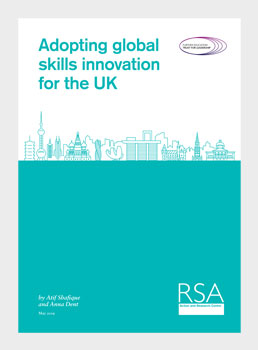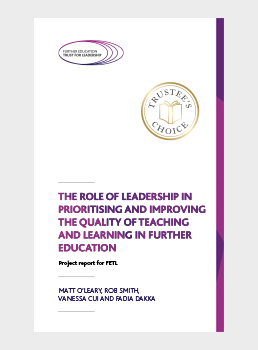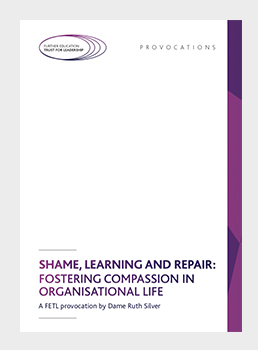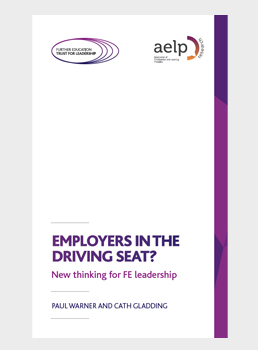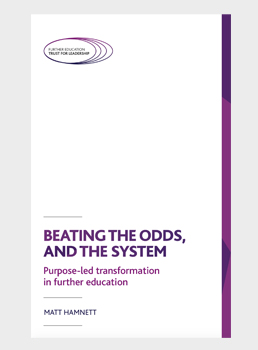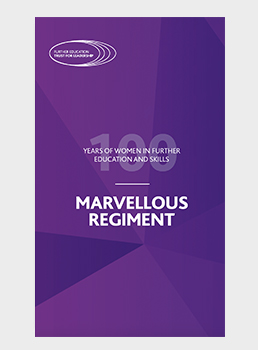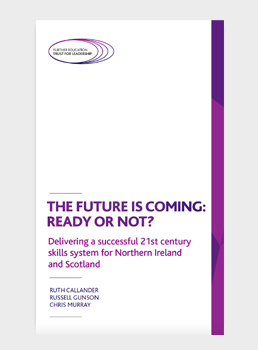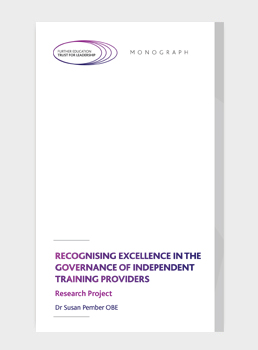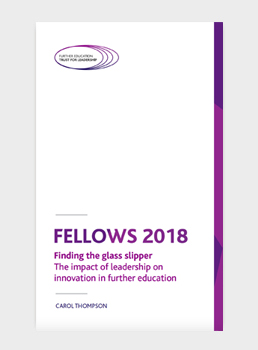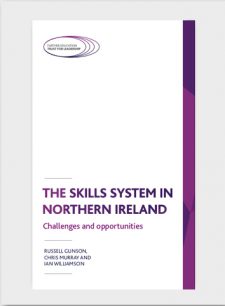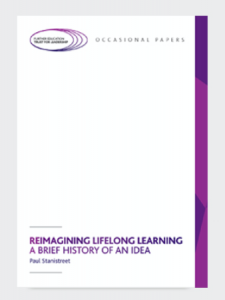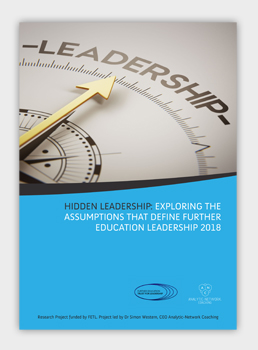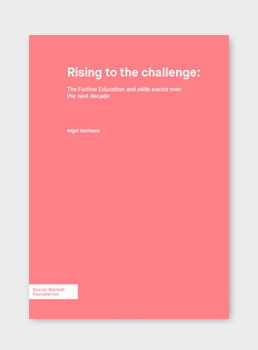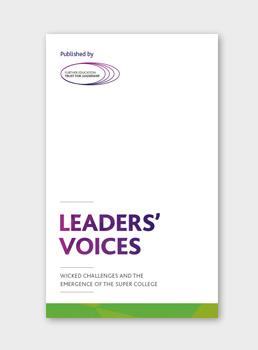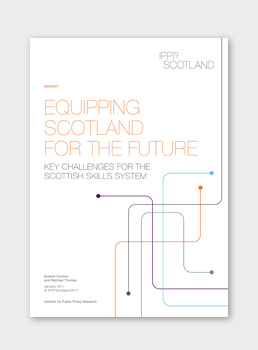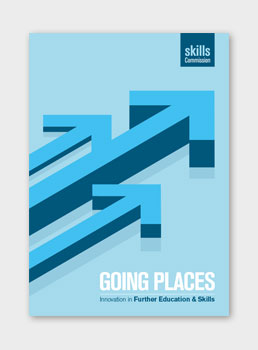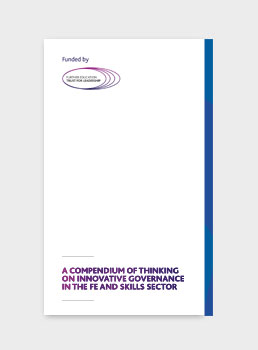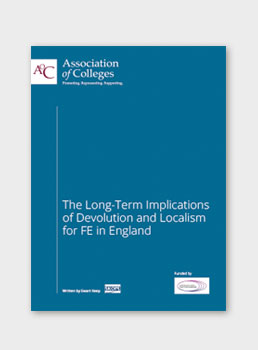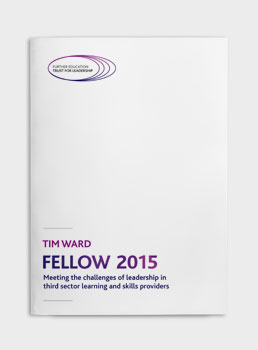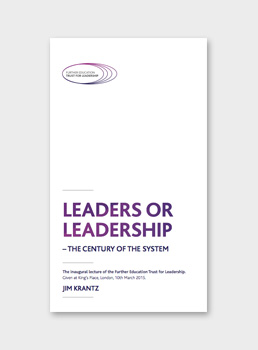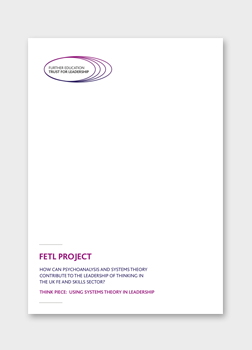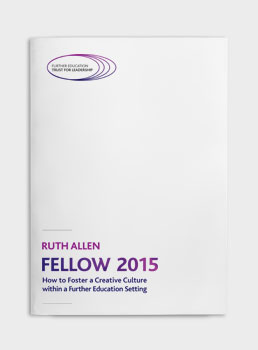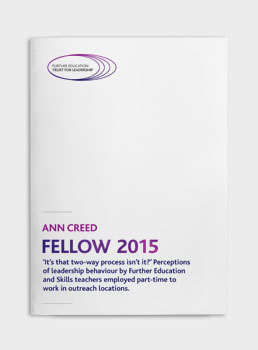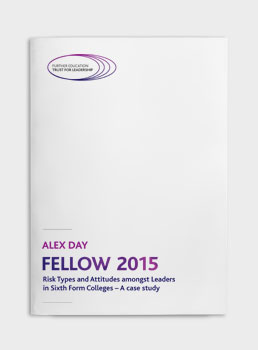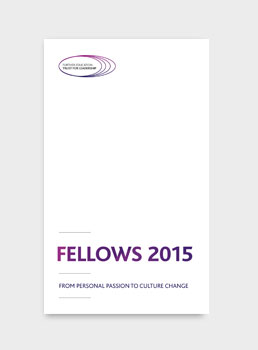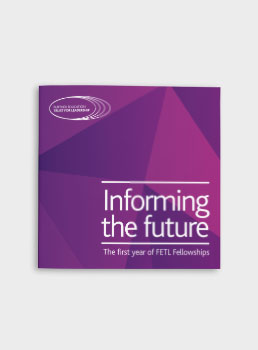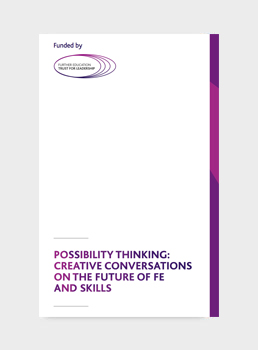
Cuts, complexity and creative thinking! - Ruth Allen
Last week it was announced that provider budgets for adult skills would be cut by up to 24%. Press coverage warned of further job losses and fears for the security and stability of colleges. I feel FE will have to change and change quickly in order to maintain its core purpose.
FE has always been the ‘adaptable’ layer of education, well placed to respond quickly and effectively to government, employer and consumer demands. This latest challenge to the sector places further demands on already stretched colleges and can only be overcome with creative thinking at all levels.
The sector is not alone in facing this complexity. Many markets have confronted increasing global competition and fundamental shifts in government priorities and consumer preferences. The research shows that we have to lead our organisations to think in different ways.
In their 2010 report, Capitalizing on Complexity, IBM interviewed 1541 CEOs and general managers and senior public leaders worldwide. They found that ‘creativity’ is the most important leadership quality. They encouraged experimentation, took more calculated risks, made deeper business model changes and innovated in how they lead and communicate in order to become a ‘stand out’ organisation within their sector.
So what is creativity? And does the word resonate with the FE sector as I believe it should? As the funding cuts were announced I was with other 157 Group members at a leadership event. The room was full of principals and other senior leaders from colleges across the country. And this struck me as important for two reasons.
The first is that the essence of creative leadership is that it should be woven throughout the organisation. It should be a rich tapestry that ensures that it is not one principal or CEO that thinks creatively, but that all managers, leaders and staff are empowered to do so. It is not the responsibility of one person alone.
The second is that what was being discussed at the event was the future of FE, the complexity of the sector, the desire to shift the current paradigm and take some control. By extending to the discourse beyond principals and CEOs ensures those conversations extend beyond senior leadership teams.
The IBM report’s key finding was in order to capitalise on complexity, creativity is the most important leadership quality. In the research I’m undertaking as part of my FETL Fellowship, the first stage is to identify indicators of creativity in order to help leaders identify what creativity means to them in their organisations. In doing so, I will explore the barriers to creative leadership. I also anticipate that the complexity within which we work will be perceived not as an opportunity but as one of the key blockages. The key aim of the research will be to explore creative leadership, within the FE context, taking lessons learned from outside the sector to within. This will enable colleges to explore creative leadership with some knowledge of the barriers and therefore some of the risks mitigated.
One example of a model from outside the sector is the food retailer, Pret-a-Manger. ‘Pret’ operates with two distinct sections to their business known internally as ‘Be the Best Pret’ and ‘Pioneering Pret’. ‘Be the Best Pret’ allows staff to concentrate on the outward facing engagement with consumers to ensure that every individual’s experience is first class. ‘Pioneering Pret ‘operates backstage to innovate and test new additions to the business, taking control of piloting and testing to ensure that when an innovation moves over to ‘Best Pret’ frontline staff, they implement it within the company’s core mission. It’s an interesting proposition. I’m not suggesting that is easily replicated within the sector just that is a different way of thinking and leading thinking in colleges.
As I start my Fellowship, I am delighted with the support from FETL, the 157 Group and the wider engagement of college leaders within the sector. The appetite for embracing creative leadership is healthy and the timing of this research never more pertinent.


